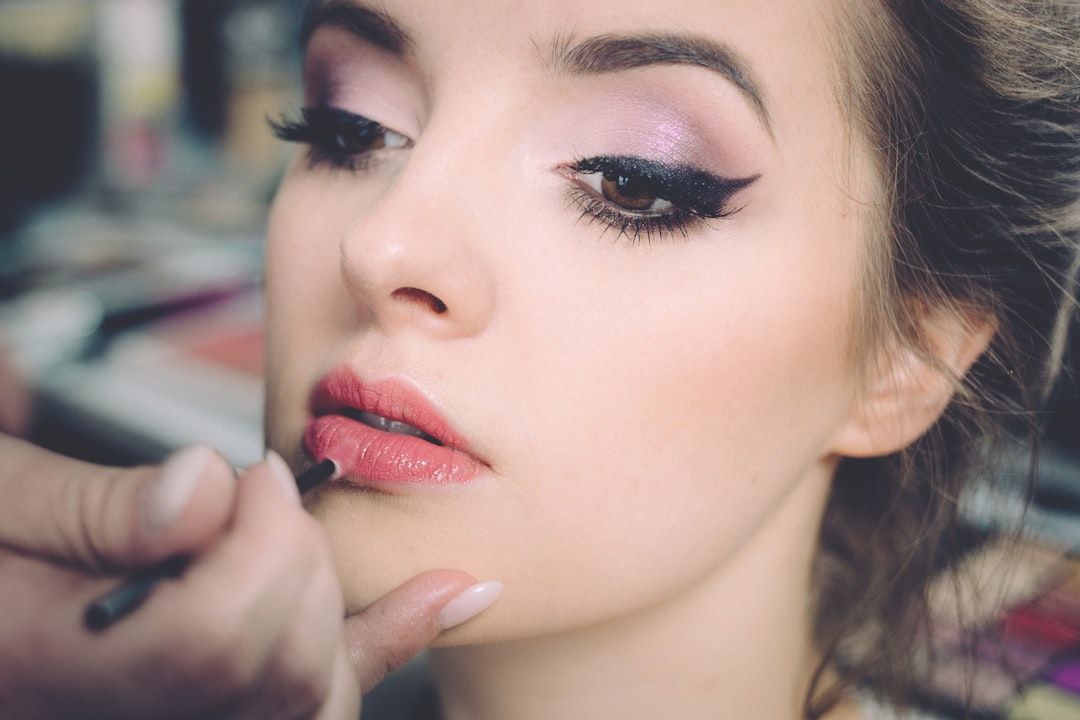

1.
Waxing is a form of semi-permanent hair removal that involves applying a sticky substance, such as wax, to adhere to body hair and then removing this covering to pull out the hair from the follicle. New hair will not grow back in the waxed area for four to six weeks. Waxing can be done on various parts of the body, including eyebrows, face, legs, arms, back, abdomen, chest, and feet. There are different types of waxing methods available, such as strip waxing (soft wax) and stripless wax (hard wax and film wax). While waxing is an effective method for removing hair in large amounts at once and provides long-lasting results compared to shaving or using depilatory creams, it can also be painful and expensive. Some people may experience ingrown hairs or skin irritation after waxing.
Waxing removes hair from the root: When you wax, you are removing the entire hair shaft from its follicle, which delays the regrowth process and leads to smoother skin. New hair growth cycle: Some people may experience regrowth within a week due to their individual hair growth cycles, but most will enjoy four to six weeks of smooth skin. Get the best hard wax products from Wax Wax. Finer and sparser hair: With regular waxing sessions, you may notice that your hair grows back finer and less dense over time. Long-lasting results: Unlike shaving or depilatory creams that only remove hair at the surface, waxing provides longer-lasting results by targeting the root of the hair. Suitable for all body parts: Waxing can be done on almost any part of your body - from eyebrows to legs to knuckles - making it a versatile method of hair removal.
In effect this means that understanding your skin type is crucial in selecting the right type of wax for a successful and comfortable waxing experience!
Cleanse and exfoliate your skin before your waxing appointment
Historical facts about waxing
what wax beads do professionals useTop recommended post-wax products for irritated skin
A Step-by-Step Guide to Proper Post-Wax Care
Types
To put it short: Avoid caffeine and alcohol before your appointment to minimize pain during your waxing session.
Apply a soothing cream or gel after the waxing session
3. Is it important to avoid sun exposure before and after waxing?
Waxing a woman's armpits .
Overall, waxing remains a popular choice for hair removal due to its effectiveness and longer-lasting results. The practice continues to be refined with new techniques and products being developed to improve the experience for those seeking smooth and hair-free skin.
Regular waxing can lead to smoother skin, slower hair regrowth, and less irritation compared to shaving.

As a round up, clear communication with your esthetician is key when preparing your skin for a waxing session. By sharing any skin concerns or sensitivities, you can help ensure a successful and comfortable hair removal process.
When it comes to waxing at home, one important rule is to avoid applying wax on broken or irritated skin. This can lead to further irritation, redness, and even potential infection if the skin is not in a healthy condition. It is essential to take care of your skin before waxing to ensure a smooth and safe hair removal process.
Start by cleansing your skin with a gentle cleanser suitable for your skin type.
Before the waxing session, it is crucial to prepare your skin properly. Firstly, make sure to exfoliate the area to be waxed a day or two before the appointment. This will help remove dead skin cells and prevent ingrown hairs. Additionally, avoid applying any lotions or oils on the day of the waxing session as they can create a barrier between the wax and your hair!
If you are experiencing too much pain, try taking a pain reliever 30 minutes before waxing or using numbing cream to alleviate discomfort.
Despite its benefits, waxing also has drawbacks such as ingrown hairs and minor bleeding. Additionally, individuals with certain medical conditions or taking specific medications may be at higher risk for skin irritation or complications during waxing.